Articles
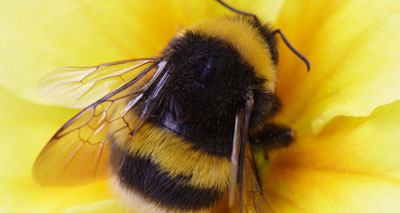
Neonicotinoid review delayed until autumn
A recent study suggested exposure to neonicotinoids could impair bumblebees’ ability to learn, with negative consequences for ‘buzz pollination’. Extra...
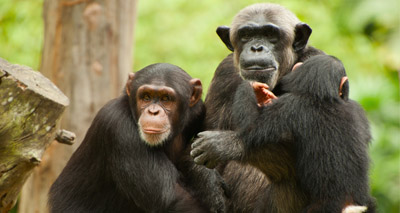
Chimps observed using ‘drinking sticks’
Chimps have previously been observed using a variety of tools, such as honey dipping probes and leaf-sponges to collect water....
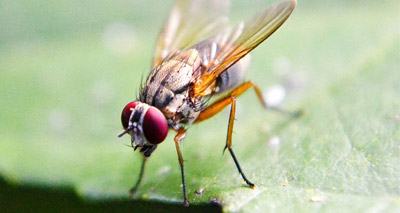
Temperature rise affects insect’s ability to reproduce – study
"The results show that even small increases in temperature may still cause populations to decline". Insects at high latitude more...
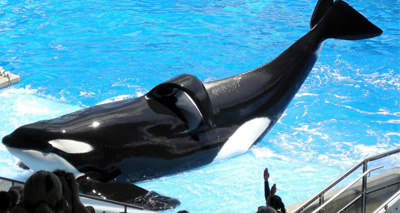
SeaWorld orca Tilikum dies
Tilikum at SeaWorld Orlando. San Diego’s orca show runs last performance SeaWorld has announced its male orca Tilikum, who featured...
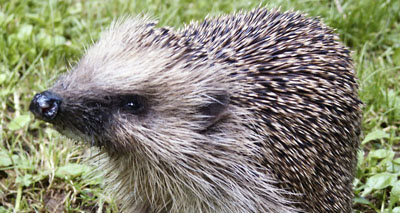
Dealing with the common injuries of wild hedgehogs
This article looks at hedgehog cases most commonly presented in general practice and how to identify, triage and treat them. ...

The role of disease risk analysis in zoo and wildlife medicine
Chester Zoo's veterinary officer Steve Unwin explains how the transmission of diseases into a conservation-sensitive species can be catastrophic. ...
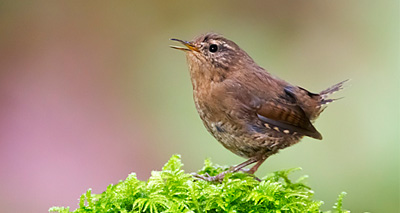
Urban sprawl forces songbirds to ‘divorce’
The Pacific wren is an ‘avoider’ bird – generally shy of humans and requiring ground cover and brush to breed....
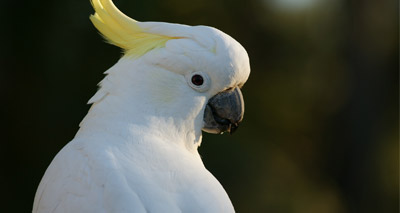
Yellow-crested cockatoo thriving in Hong Kong
An estimated 10 per cent of the world’s population of yellow-crested cockatoos can be found on Hong Kong Island. City...
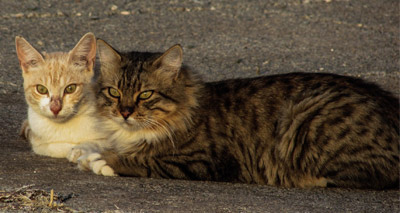
Feral cats now widespread throughout Australia
Sarah and her colleagues found that Australia’s feral cat population fluctuates between 2.1 million and 3.3 million. Environmental experts call...
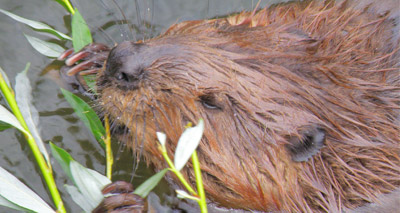
Experts’ bid to return wild beavers to Wales
Beavers may help with habitat restoration, bringing light into overgrown areas and allowing other nature to thrive. Welsh Beaver Project...

